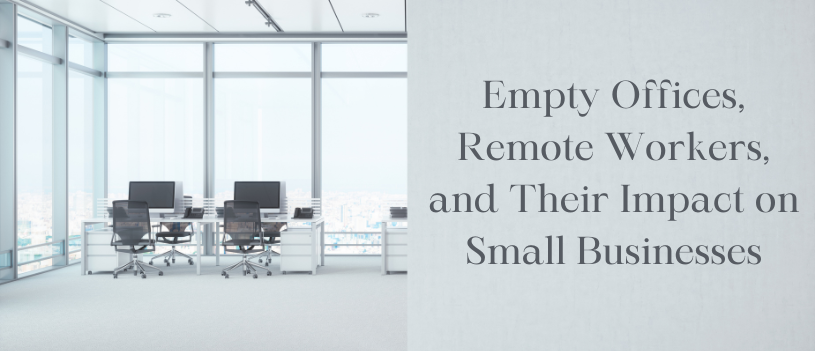In the current environment, James Wallace Sears, an 80-year-old shoe repair shop owner, is grappling with a surplus of unclaimed shoes left at his shop pre-pandemic by lawyers, consultants, and financial advisers. Sears had expected his regular clientele to return when he reopened his business, but remote work has altered the landscape, resulting in a significant drop in customers and an 85% decrease in monthly sales.
This trend of remote work, extending beyond the initial pandemic phase, is affecting many white-collar workers and prompting companies to reconsider their office space needs. Office vacancy rates have surged, with nearly 20% of office spaces sitting empty across the U.S., surpassing the vacancy rate following the 2008 financial crisis. Major cities like Los Angeles and San Francisco are particularly hard hit, with vacancy rates reaching 28% and 29%, respectively, in the first quarter of 2023.
This situation has raised concerns of a potential domino effect. As companies give up office leases, landlords may struggle to meet mortgage payments, increasing the risk of defaults and foreclosures. This is already evident in some markets, with office owners defaulting on substantial debts. Smaller regional banks, which carry the bulk of these debts, are facing turmoil, and the unraveling of the office real estate sector could render them unprofitable or nonviable.
The repercussions are felt by small businesses operating in the vicinity of empty office spaces, with shortened hours and locked doors becoming a common sight. In such an environment, many small business owners are struggling to survive, and some are losing hope for a return to pre-pandemic levels of business activity.
As for James Wallace Sears, he fears that if his customers continue to stay away or return only sporadically, his family-owned shoe repair shop, open for 50 years, may not survive much longer.
Work from home is leading companies to shed office space, hurting small business : NPR
